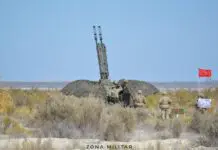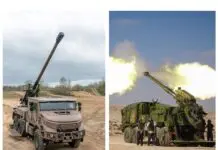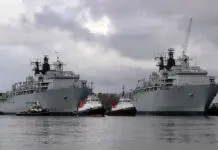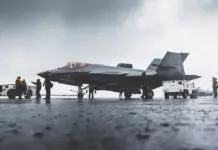During the course of April 4th, the U.S. Air Force has reported the return to service of one of its B-1B Lancer bombers stationed at Tinker Air Force Base, home to the Air Force’s Bomber Fleet. Previously, the bomber was part of the aircraft stored in the desert, as part of the 309th Aerospace Maintenance and Regeneration Group (AMARG) at Davis-Monthan Air Force Base, located in the state of Arizona.
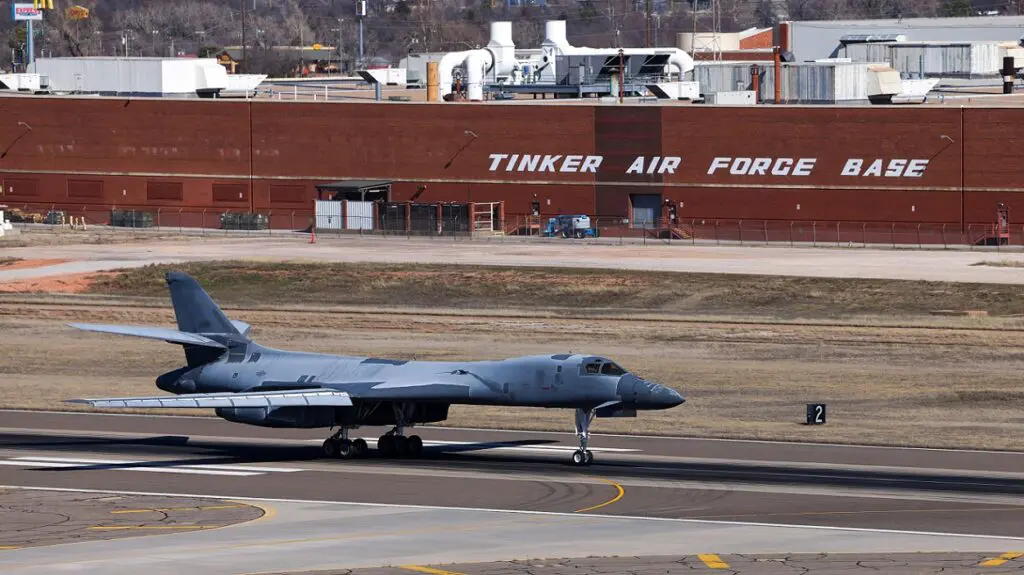
The decision to recover this particular aircraft, named Lancelot, was made after a significant fire affected one of the B-1B Lancer bombers belonging to Dyess Air Force Base in Texas during 2022. It was the Strategic Plans and Programs Office at Air Force Headquarters that, along with engineers from Tinker Air Force Base, made the modernization and refurbishment of the bomber housed in AMARG possible.
Following the completion of the flight transfer of the B-1B Lancer “Lancelot” from Davis-Monthan to Tinker, Lieutenant Colonel Michael Griffin, in charge of the 10th Flight Test Squadron, stated that “…removing the Lancer from the 309 AMARG and subjecting it to a depot-level maintenance program at Tinker will restore the aircraft to operational units, allowing them to continue supporting the nation’s call for power projection (…) I feel this project is important to continue demonstrating the reliability of the B-1 and its use for air power and air superiority…”.
The project known as B-1 Embracing Agile Scheduling Team (BEAST), driven from Tinker Air Force Base, is not limited to the recovery of the Lancer. Various advancements have been made, such as the integration of the Link16 system to improve its datalink interface, a new propulsion system, enhancements in communications and aircraft identification systems, as well as in its self-defense systems.
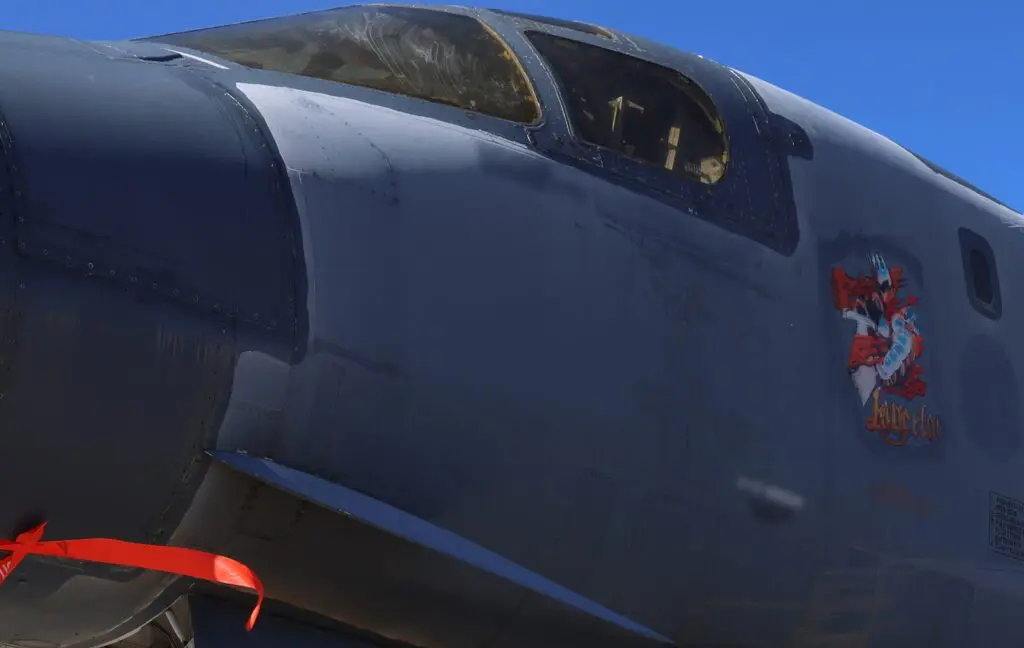
It is worth noting that the B-1B Lancer bomber entered service in the 1980s and was designed as an evolution of the B-1A model, designed in the 1970s. Each aircraft requires a crew of 4 people to operate and has 3 weapon bays adapted to carry nuclear weapon systems in addition to conventional armaments, making it a key part of the U.S. Air Force’s bomber triad. Another of its peculiarities is that the Lancer is the only model in service to feature variable-geometry configuration.
The B-1B Lancer has a long history of service that began in Operation Desert Fox in Iraq in 1998. It also participated in Operation Allied Force in Serbia the following year and has provided support in U.S. military actions in Afghanistan, Iraq, and in its long-standing fight against terrorist organizations.
Although the U.S. Air Force has already sent several B-1B Lancer aircraft to the AMARG, the bomber’s replacement is expected to materialize with the arrival of the B-21 Raider, a model that has just begun flight testing with its first prototype.
Cover image: USAF – Paul Shirk
You may also like: U.S. Air Force F-16 Fighting Falcon fighters are joining the autonomous technology program VENOM-AFT




